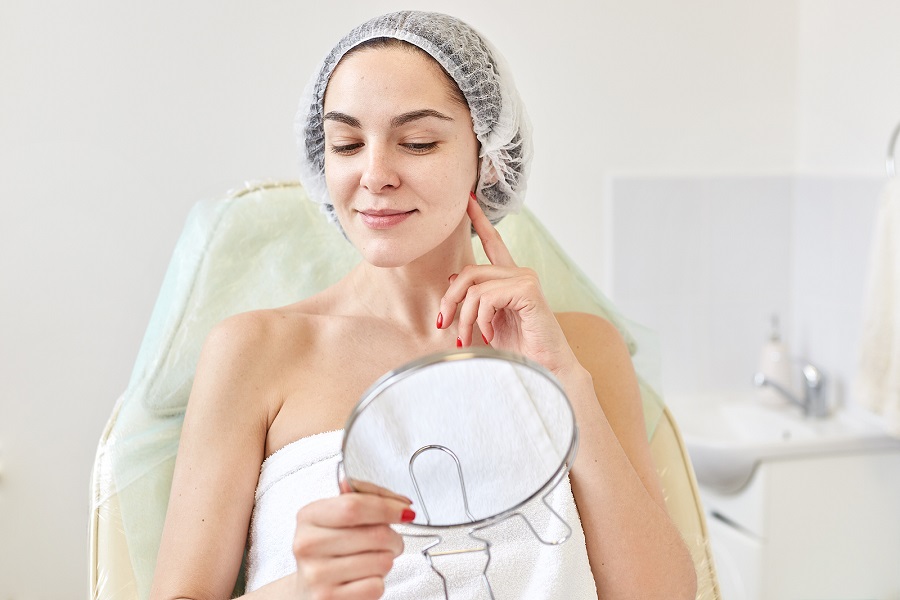
WHAT IS MICRONEEDLING WITH PRP GOOD FOR?
Having a regular skincare routine, staying hydrated, and eating a healthy diet can help fight signs of aging. So, too, can having a regular facial and just plain avoiding things known to do harm – like the sun. These are facts you probably already know. But what happens when everyday efforts aren’t enough? It’s time for something a little bit more intensive: microneedling with PRP. We’ll tell you what makes this such a fantastic option for rolling back the years, and how to tell if it’s right for you, right now.
WHAT IS MICRONEEDLING?
So, let’s start by talking a little bit about what microneedling actually is. At its most basic, it’s a process in which your provider rolls a special device called a dermaroller over the surface of your skin. This creates tiny holes in the surface of the epidermis and subtly injures the tissue at the same time.
If that sounds a bit terrifying, don’t run away just yet. Micro-injuries like these actually stimulate collagen production and the body’s instinctual ability to self-heal. They also increase circulation, help reduce inflammation (after day one), and create quick-travel pathways that make it easier for your skin to absorb topicals.
Admittedly, microneedling can look a little bit strange, especially with PRP. That’s because the formula used is the same color as your own blood (red). But, it is no more painful or dangerous than acupuncture if delivered by a skilled provider.
WHAT IS PRP?
Platelet-rich plasma (PRP) is an element found within human blood that contains proteins and factors that signal the body to initiate the healing process. If you’ve ever scraped your knee, you’ve probably noticed how bleeding eventually stopped with pressure. A clot typically forms at the wound site – you can thank platelets for that.
PRP is most commonly used in microneedling procedures, but that’s far from its only use. In medicine, doctors often give IV platelets to patients to patients who suffer from clotting disorders or who have undergone intensive surgeries. This helps to rebalance their blood and restore adequate function.
PRP is also sometimes used to treat injuries directly. For example, an orthopedic surgeon might use platelet injections to help a patient heal after breaking a joint or tearing a tendon. The desired effect is the same: healing and tissue creation.
WHAT DOES IT HELP WITH?
Microneedling with PRP is broadly effective for treating signs of aging. But that’s really not a very descriptive or specific explanation, is it? So, let’s look at a few more specific reasons people turn to this important option.
SCARS
The appearance of a scar is directly modulated by how much collagen your body produces. Low collagen levels will make scars more noticeable and, in some cases, even cause them to become convex. PRP might help fade or shrink scars, especially if treatment is early enough in the healing process.
AGE SPOTS
Also known as “melasma,” this condition occurs when excess melanin builds up in the skin. Because microneedling increases cellular turnover, and PRP speeds healing, a session may clear away these spots faster than just using serums alone.
FINE LINES AND WRINKLES
Boosting collagen makes it easier for your skin to produce more tissue, which increases volume. But PRP may also help skin hang on to hydration better, too, which has a secondary plumping effect.
CERTAIN SKIN CONDITIONS
PRP may be useful for treating the after-effects of cystic acne and several other common skin conditions. However, it probably isn’t a replacement for proper evaluation and medical treatment.
And here’s something else you might not know: it is possible to use microneedling on other parts of the body (such as the backs of your hands). It is far more common in facial skincare, though, as that’s where it tends to be most effective.
IS MICRONEEDLING WITH PRP RIGHT FOR YOU?
The short answer to this question is, “probably.” The long answer is, “it depends on your goals and your personal health situation.” Generally, any reasonably healthy person over the age of 21 can have a vampire facial safety without side effects.
People who have active infections, who are immunocompromised, or who are currently undergoing chemotherapy probably shouldn’t have microneedling, with or without PRP. This is because they have an increased risk for infection.
Illnesses that impact immune function and ability to heal may also make you a poor candidate, especially if they aren’t controlled. And people who suffer from haemophilia may have an increased risk for excessive bleeding. Your provider can help you decide if the benefits outweigh the risks.
If you scar easily, have a connective tissue disorder, or tend to develop keloid scars, it is important to let your provider know before your appointment. He or she may want to customize the procedure to avoid triggering the creation of scar tissue.
WHAT IS IT LIKE?
Before you have your microneedling session, you’ll meet with a provider to discuss your goals and create a treatment plan. This may happen within a separate appointment or within the same day depending on your situation. As for what happens during the actual procedure, here’s how it works:
- First, you’ll come into the office and get settled into a comfortable chair. Your provider may give you an anaesthetic to apply to your skin if you’re concerned about pain during the procedure at this time. This may take up to 20 minutes to “kick in,” but you might notice numbness right away.
- Once you’re both ready, he or she will take a small blood sample from a vein in your arm. This isn’t usually painful. However, some people report feeling a quick pinch when the needle goes in.
- Your provider will then place the blood into a centrifuge – a type of machine that spins it so quickly, all of the “parts” within it separate. This allows them to extract only the plasma itself for reapplication.
- Once the PRP is ready, the next step is to run the dermaroller over your face and create tiny punctures all across the surface of the skin. This takes only a few minutes. You shouldn’t feel anything other than slight stinging.
- Lastly, your provider will apply the PRP and massage it deep into the derma to help it penetrate into those newly-created pathways. This, too, takes only a few minutes of your time. It’s also intensely relaxing!
- Optionally, your provider might choose to apply a soothing balm or healing salve to your face after your session. This can help speed healing, too, and reduce any temporary inflammation from the punctures.
Most people don’t have any side effects or problems in the days after treatment. The most common issues include inflammation, redness, and slight bruising. These should clear within a few short days and aren’t harmful long-term.
 None
None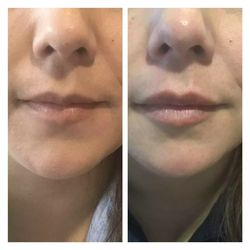 None
None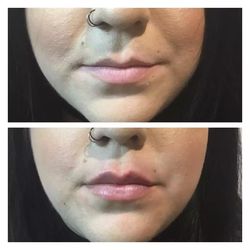 None
None None
None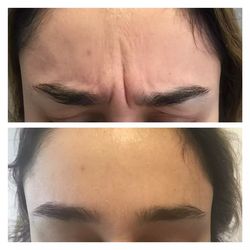 None
None None
None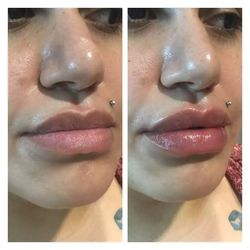 None
None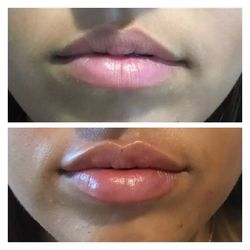 None
None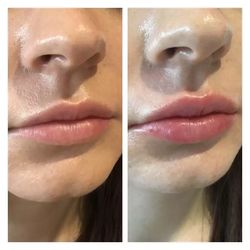 None
None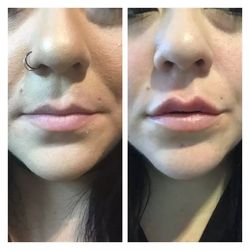 None
None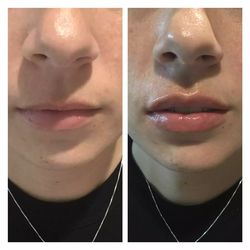 None
None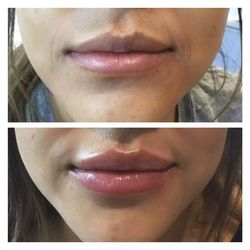 None
None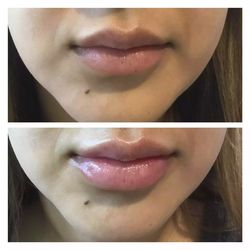 None
None None
None None
None None
None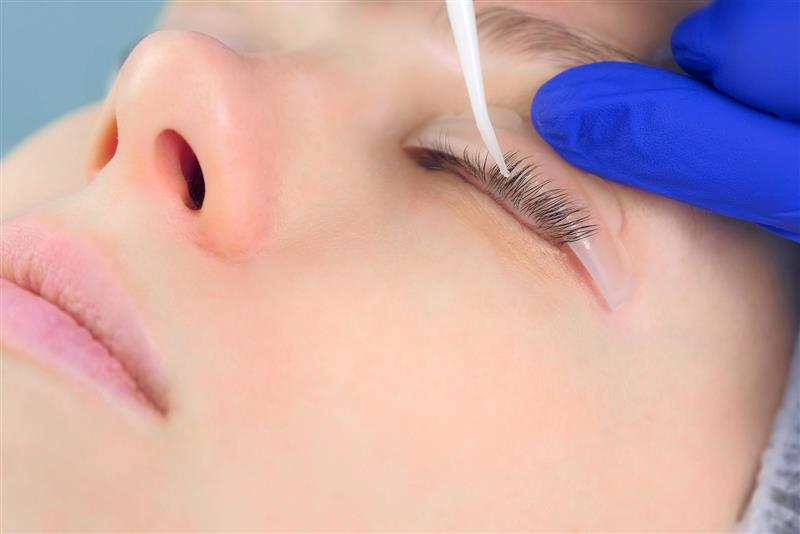

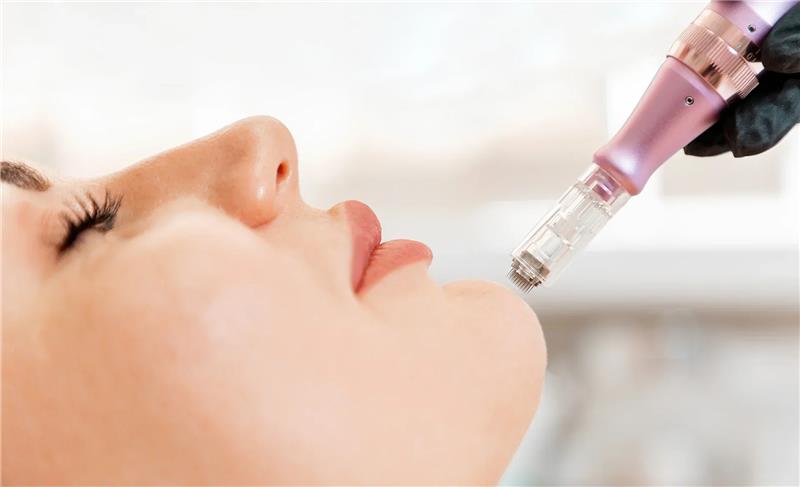

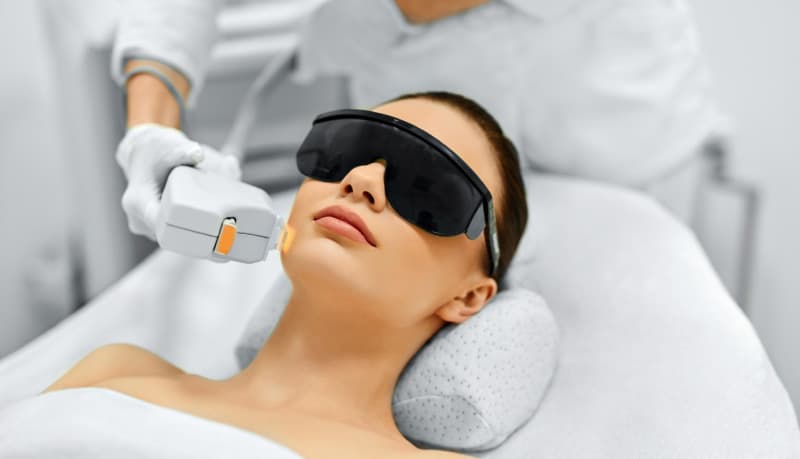

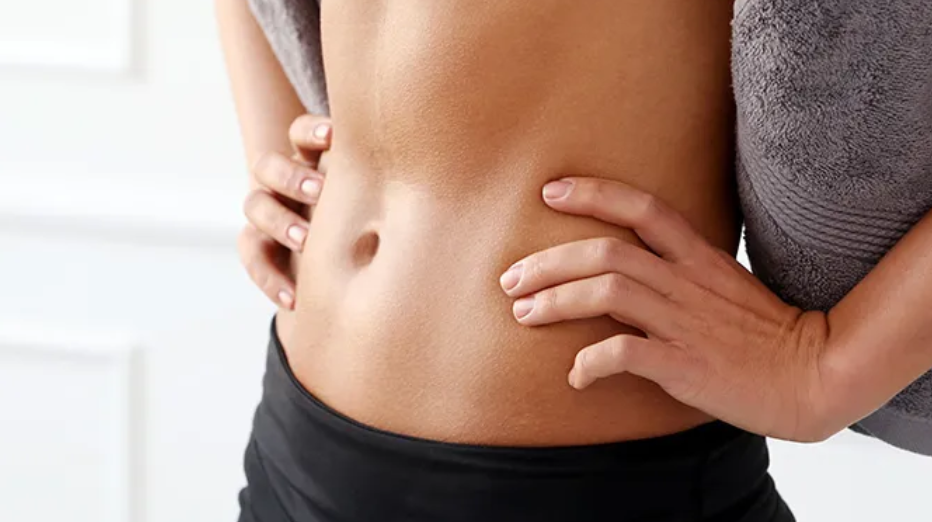
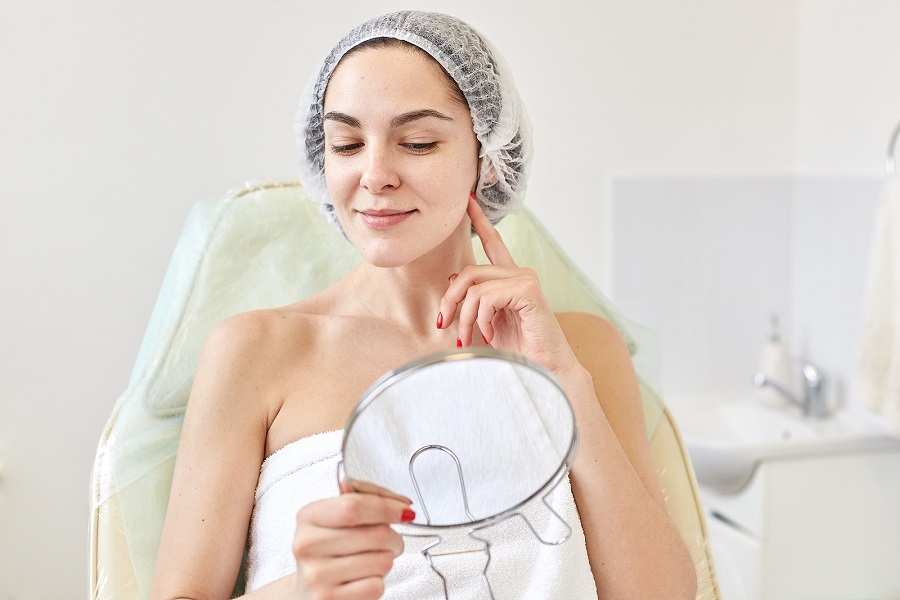






0 comments